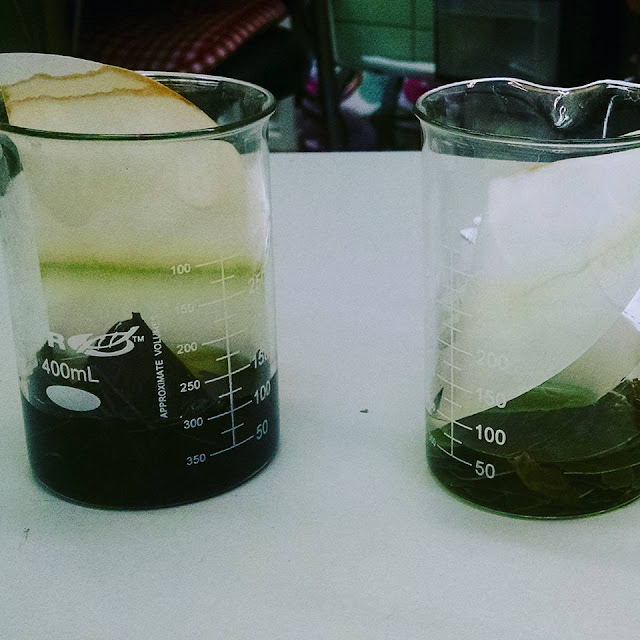We spend several weeks looking at various sentences and identifying the who and what part of each sentence to makes sure they are complete sentences. When we do group writing, I often will put just one part or the other of the sentence and have them tell me whether or not it's a complete sentence and why it is or is not a complete sentence.
I also provide lots of opportunities for the children to write in complete sentences by providing a daily writing prompt in our morning work time and having the children respond in sentences. When I check their writing, if I see a child only has a phrase, I'll ask them to apply the test. For instance, if the prompt was what is your favorite pet, and they write "my dog," I'll ask them who. They will respond "my dog." Then I will say "what," and they realize that there is no what part of the sentence. So after they tell me "what," they go back and rewrite their sentence to make it a complete sentence.

I use the sentence recording sheet as a formative assessment to judge whether or not they understand that sentences have two parts, the who and the what part. If they can correctly color the who and what part of the sentences, they understand the concept. If they have trouble distinguishing between the who and what part of the sentences, they need more instruction on the concept.
If you would like to try out this resource in your classroom, click on any of the pictures above to visit my store and download it for free!
I've joined up with many other sellers to bring you some wonderful freebies to help you with your fall planning. Check out the link up below to see all the great resources available!Be sure to enter the Rafflecopter for TpT giftcard giveaways as well!
a Rafflecopter giveaway






















































